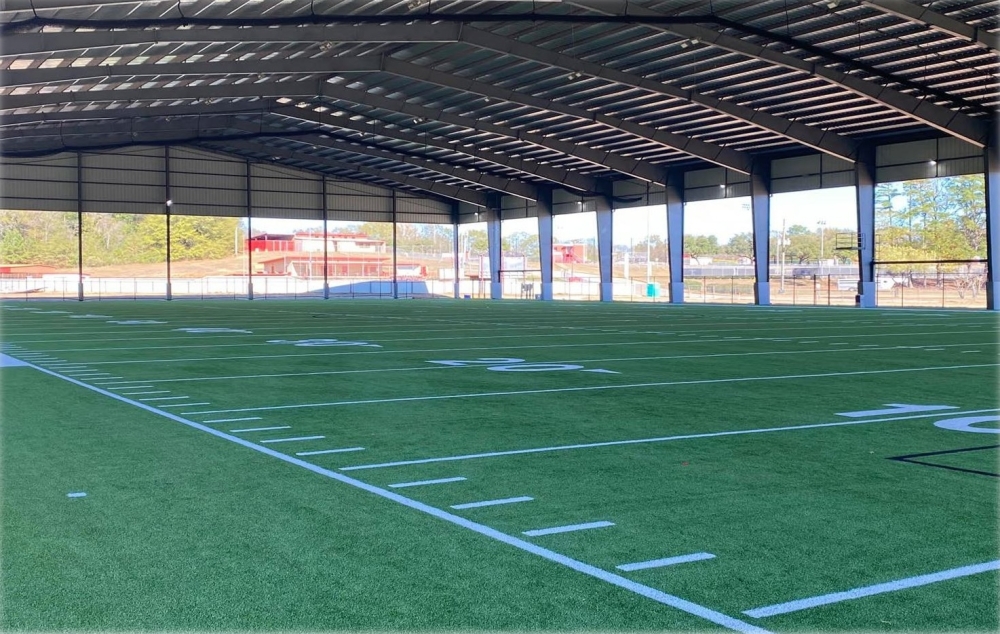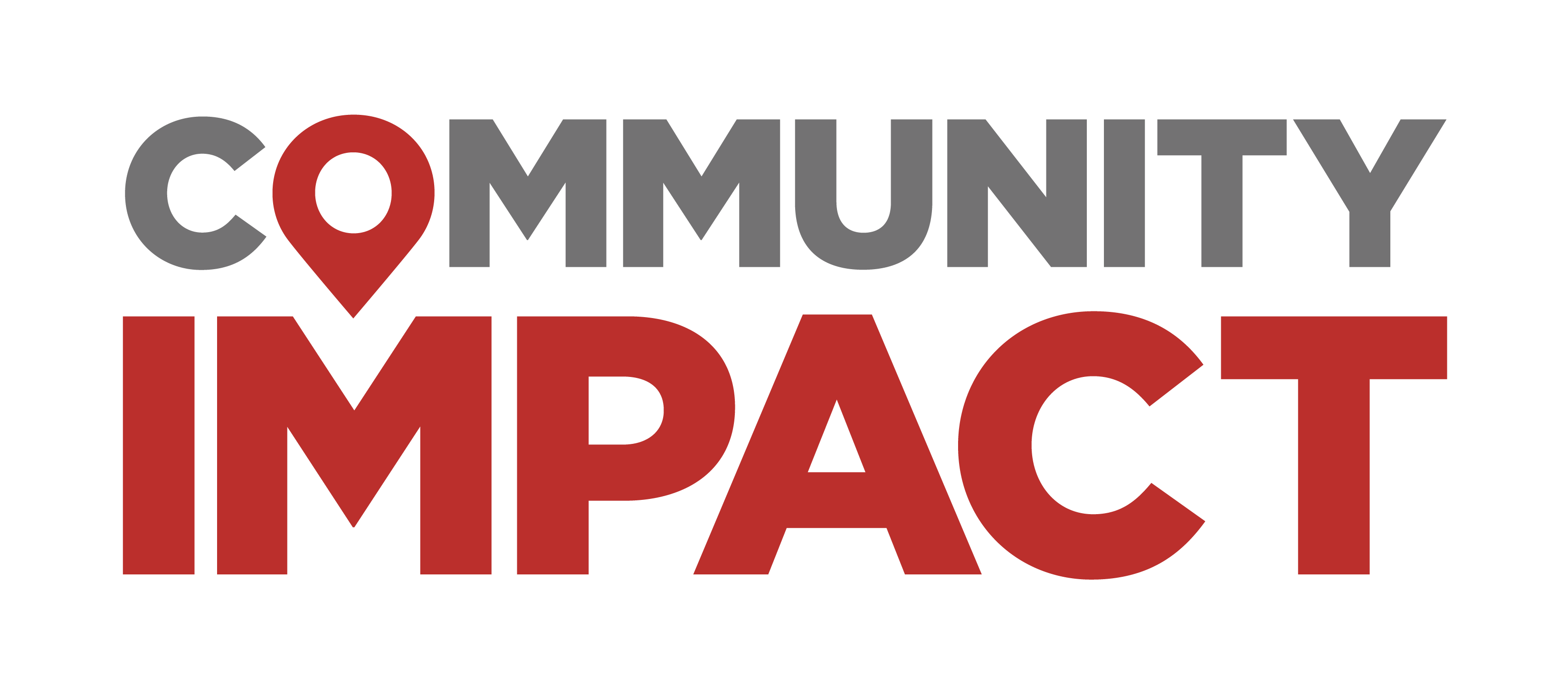The district’s upcoming bond is the largest HCISD voters have seen—a $968.65 million package with five propositions addressing growth, safety, rehabilitation of facilities, fine arts and athletics, technology, and a new high school.
“In order to keep pace [with growth], we have to do this,” Wright said. “We were building 1,800 homes a year. Now we’re building and closing on 3,500 new homes a year. ... In order to meet those demands, we have to ask for a little bit more.”
The breakdown
Voters living within HCISD boundaries will have the opportunity to vote for any of the five propositions on the bond, which Chief Communication Officer Tim Savoy said allows voters to have “some choice on things” without overloading the ballot.
District officials do not anticipate a tax rate increase—regardless of whether any or all of the propositions pass—as the total bond amount is within HCISD’s bond capacity of $1.4 billion. Officials also said they plan to reduce project costs by working with contractors to lower the price without impacting the overall quality.
HCISD’s Facilities and Bond Oversight Committee, or FBOC, worked for about a year to develop the initial list of projects for the board of trustees to consider, according to FBOC Chair Jessica Bedwell.
“We want staff and students to have what [they] need, but we are also attempting to balance that with responsibility to taxpayers,” Bedwell said.
Katy Armstrong, an FBOC member and Fuentes Elementary School parent, said various bond projects would benefit her three children as they eventually move through middle school and to Lehman High School.
“It’s hard to say what would be a need and what would be a want, because pretty much everything on [the bond] is a need,” Armstrong said.
Proposition A
Propositon B & C
If Proposition B passes, district officials anticipate the fourth high school opening for the 2029-30 school year. The school would have a 2,800-student capacity, which Savoy said is HCISD’s updated standard for high schools.
The last high school to be on a bond was Johnson High School in 2017, which later opened in 2019. By contrast, Johnson cost $122 million to build but only has a capacity of 2,250 students.
“We had a lot of folks talk about [the fourth high school’s price], and it is emblematic of the inflation that we’re seeing,” Savoy said.
Proposition C would expand the new high school’s stadium to seat at least 1,000 spectators and would become the district’s second shared varsity stadium after Bob Shelton Stadium, which opened in 1969.
Proposition D
The sole item on Proposition D is the construction of four multipurpose activity centers, or MPACs. Each high school would receive one of these covered and lighted pavilions to use for outdoor practice and educational space.
Three MPACs were placed on the 2023 bond for $52.1 million, but the proposition ultimately failed. This new proposition could be more appealing for voters, Savoy said, as it is less expensive and comes with an additional pavilion.
Wright said the MPACs would reduce outside temperatures by 20 to 30 degrees, allowing a more flexible schedule for band, athletics and other organizations to use them at any time of the day.
“Right now, all of our student populations are having to work either in the extreme [morning] hour or after school as soon as the sun goes down,” Wright said.

Proposition E
While state law requires technology items be placed in its own proposition, these propositions have passed with the greatest margin of support in past HCISD bonds, Savoy said.
Many of HCISD’s instructional resources are also tied to technology, Wright said, and these items are needed for day-to-day classroom operations.
The district also has a built-in 10-year “look ahead” for technology replacement cycles as warranties expire and devices come to the end of their life cycles, Wright said.
The $16.2 million proposition includes projects for new laptops, phone systems and more.
What happens next?
The FBOC will also continue to plan for future bonds, as any items that don’t make it onto one bond stay on as a committee discussion item for the next. Projects such as new schools are usually a priority, Armstrong said.
“It’s such a tricky time because we know construction costs are only going up at this point,” Armstrong said. “... We’re really hoping that the public will see that these are all very much needed. This is not for frills; the growth is coming.”
Items worth mentioning:
- April 3: last day to register to vote
- April 22-29: early voting
- May 3: election day
- HCISD election website: www.hayscisd.net/election2025
- Bond website: www.hayscisd.net/bond2025





